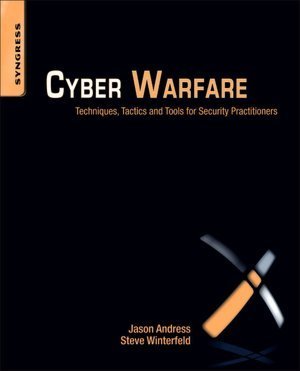What do you think?
Rate this book


Provides concrete examples and real-world guidance on how to identify and defend your network against malicious attacks
Dives deeply into relevant technical and factual information from an insider's point of view
Details the ethics, laws and consequences of cyber war and how computer criminal law may change as a result
289 pages, Paperback
First published June 1, 2011